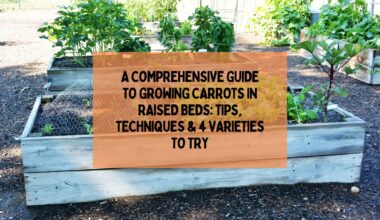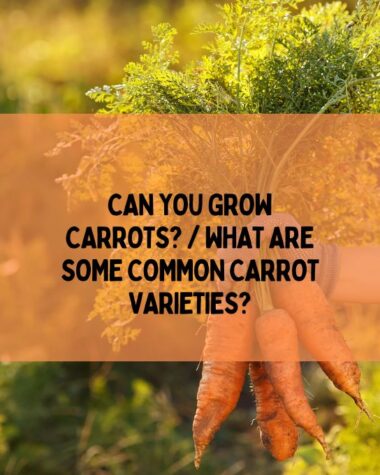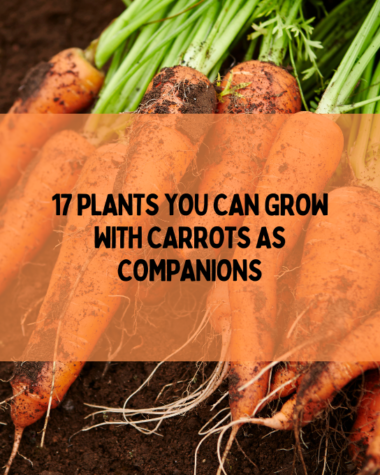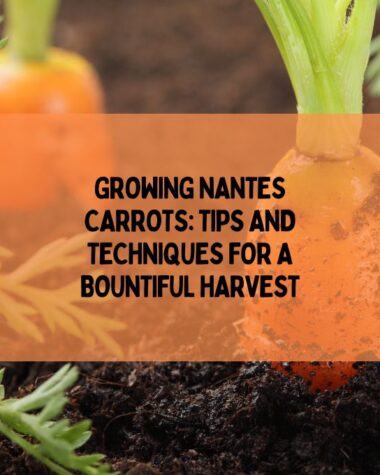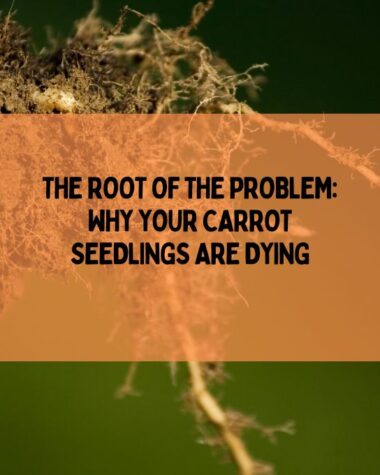Why Carrots and Radish Are Better Off Without Transplanting? When transplanted, seedlings are often subject to shock, which can cause them to wilt, become stunted, or even die. Additionally, if the seedlings are not transplanted correctly, they can become distorted or deformed, affecting their final yield.
Are you tired of transplanting your carrot and radish seedlings only to find they struggle to grow and produce?
It may be time to consider leaving them in place from the start. This article will explore why carrots and radish are better off without transplanting and how this approach can lead to healthier, more productive plants.
Carrots and radish are popular vegetables that many gardeners enjoy growing. However, one common practice often employed with these crops is transplanting. Seedlings are started indoors or in a greenhouse and then moved to the garden once they are large enough.
While this may seem like a good idea, carrots and radish are better off without transplanting. This article will explore why and alternative methods for growing these tasty veggies.
The Challenges of Transplanting Carrots and Radish
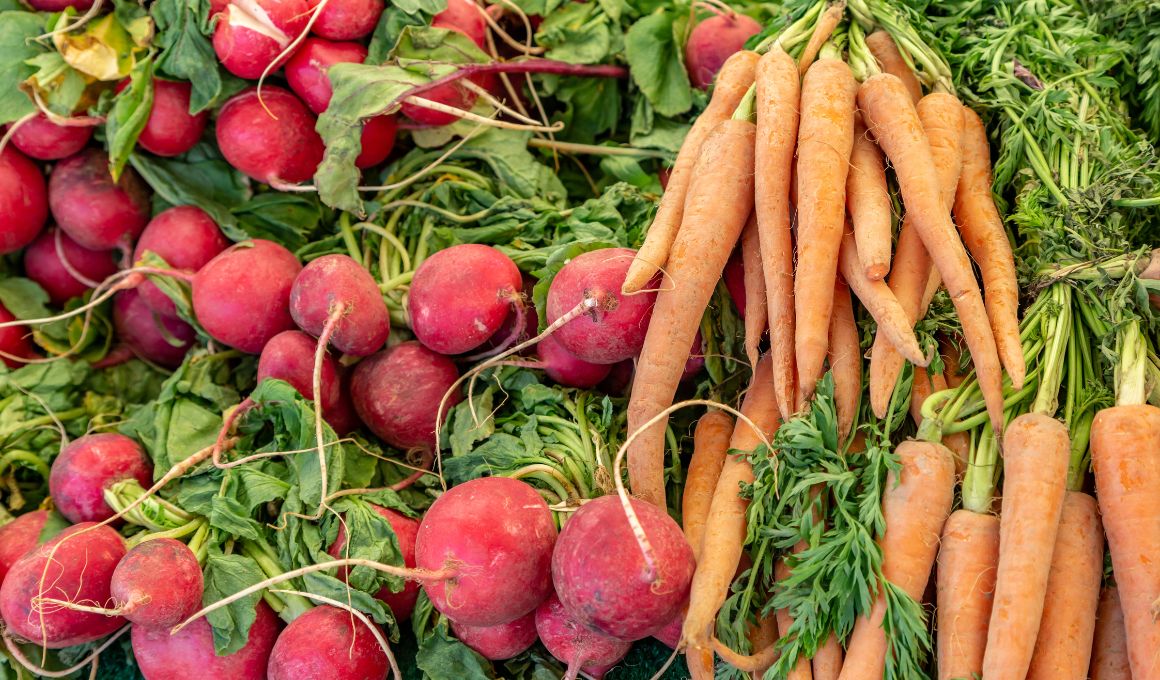
Transplanting can be stressful for plants, and this is particularly true for carrots and radish. These crops have delicate root systems that are easily disturbed, and any damage can significantly impact their growth and development.
When transplanted, seedlings are often subject to shock, which can cause them to wilt, become stunted, or even die. Additionally, if the seedlings are not transplanted correctly, they can become distorted or deformed, affecting their final yield.
Related Read
- Why Do Carrots Sometimes Look Weird? Understanding Deformed Carrots And How To Fix Them
- Carrot Black Root Rot: Understanding And Preventing The Disease
- Carrots For Butterflies: How To Attract Black Swallowtails To Your Garden?
The Benefits of Direct Sowing
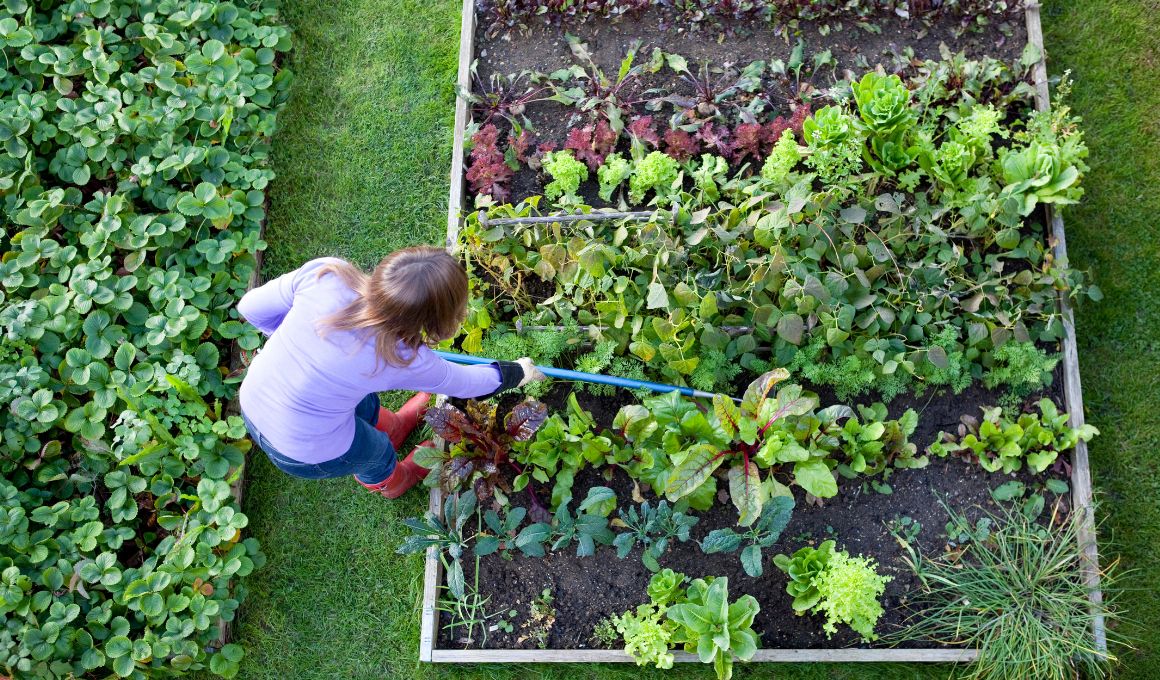
Rather than transplanting, direct sowing is a better option for carrots and radish. Direct sowing involves planting seeds directly into the soil where they will grow rather than starting them indoors and then moving them outside. There are several benefits to this approach, including the following:
- Reduced Transplant Shock – When seeds are sown directly into the soil, they don’t experience the same level of shock as transplanted seedlings. This means they are less likely to wilt or become stunted and will establish themselves more quickly.
- Improved Root Development – Carrots and radish have delicate, easily disturbed root systems. When sown directly into the soil, their roots can develop more freely, producing more robust, healthier plants.
- Better Yield – Direct sowing can lead to a better yield of carrots and radish. When transplanted, seedlings are often subject to shock, which can stunt their growth and reduce their final yield. Direct sowing allows the plants to establish themselves more quickly and produce a better crop.
Also, Read
- How To Grow Delicious Danvers Carrots?
- How To Grow Imperator Carrots?
- Troubleshooting Carrot Growing Problems: Why Won’t My Carrots Develop?
Tips for Direct Sowing Carrots and Radish

It cannot be very comforting if you’re new to direct sowing. However, with a bit of know-how, it’s easy to do. Here are some tips for direct sowing carrots and radish:
- Choose the Right Location – Carrots and radish prefer loose, well-draining soil free of rocks and debris. Choose a location in your garden with at least six hours of sunlight daily.
- Prepare the Soil – Before sowing your seeds, prepare the soil by removing any rocks, debris, or weeds. Loosen the soil to a depth of at least 6 inches and add compost or other organic matter to improve its fertility.
- Plant Your Seeds – Plant your seeds according to the package directions, spacing them evenly in rows. Cover the seeds with a thin layer of soil and water gently.
- Keep the Soil Moist – Carrots and radish need consistent moisture to germinate and grow properly. Keep the soil moist but not waterlogged, and water regularly during dry periods.
Conclusion
In conclusion, transplanting carrots and radish may seem like a good idea, but it can do more harm than good. These crops have delicate root systems that are easily disturbed, leading to stunted growth, reduced yield, and even plant death.
Instead, direct sowing is a better option for growing healthy and productive carrots and radish. Sowing seeds directly into the soil can reduce transplant shock, improve root development, and increase yield.
With the right location, soil preparation, and watering practices, direct sowing can be a simple and effective way to grow these delicious vegetables. So next time you plan your garden, consider skipping the transplanting and directly sowing your carrots and radish for a more successful harvest.
